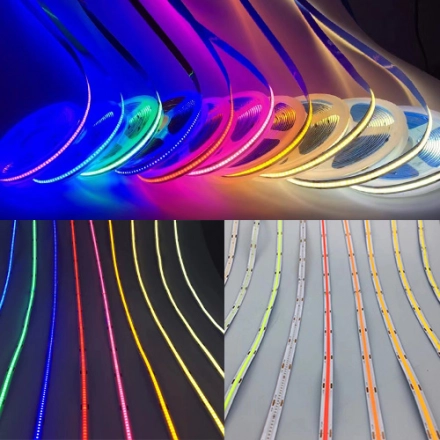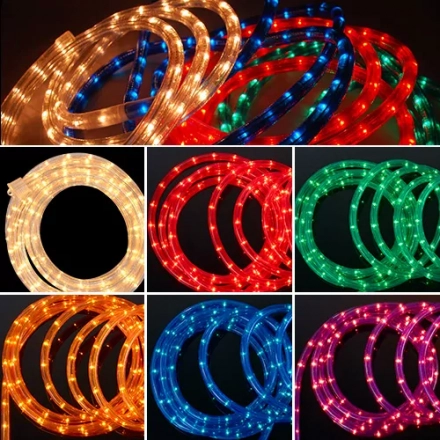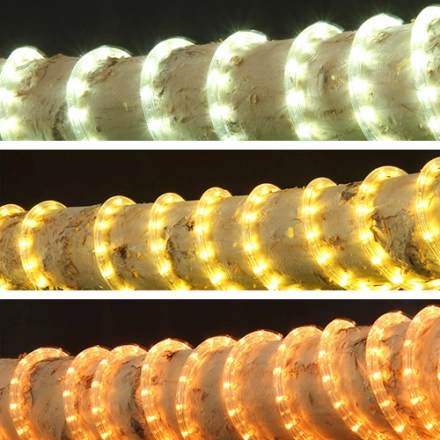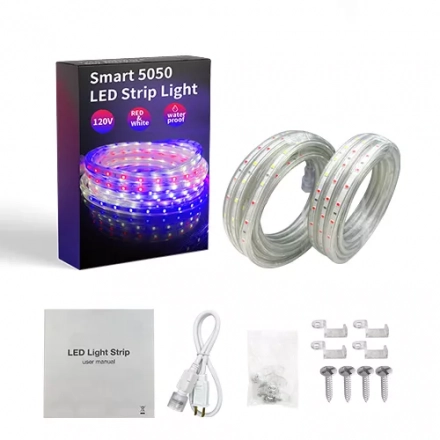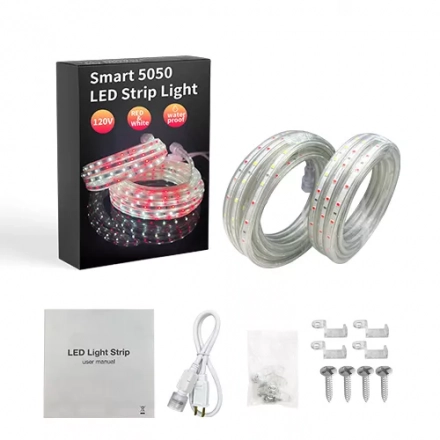An Objective Analysis of the Potential of "RGBW LED Strip" in the "RGB CCT" Aspect
RGB LED strips have become popular lighting options due to their ability to emit vibrant colors. However, there is an emerging technology known as RGBW LED strip that aims to enhance the color accuracy and versatility of these lighting systems. In this article, we will objectively analyze the potential of RGBW LED strip in the RGB CCT aspect, examining its benefits and limitations.
RGBW LED strip is an evolution of the traditional RGB strip by incorporating an additional white LED. While RGB strips use red, green, and blue LEDs to create a wide range of colors through additive color mixing, RGBW strips introduce a white LED that enables better control over color temperature and the ability to produce more subtle shades.
One of the key advantages of RGBW LED strip in the RGB CCT aspect is the improved color accuracy. The addition of a white LED provides a dedicated light source for producing white light, resulting in a cleaner and more accurate representation of different color temperatures. This is particularly beneficial in applications where precise color rendering is required, such as photography studios, art galleries, or retail displays.
Furthermore, RGBW LED strips offer greater flexibility in creating various lighting scenes. By independently controlling the RGB and white channels, users can achieve a wide range of color temperatures, from warm to cool whites, along with a full spectrum of vibrant colors. This versatility allows for dynamic lighting designs that can adapt to different environments and moods.
Despite these advantages, there are certain limitations to consider when using RGBW LED strips in the RGB CCT aspect. One notable drawback is the potential for color inconsistency. Since the RGB and white LEDs have different characteristics, it can be challenging to achieve seamless color blending across the entire spectrum. Careful calibration and adjustment of the color channels are necessary to minimize any noticeable variations.
Another consideration is the higher cost compared to standard RGB strips. The addition of the white LED and the complexity of controlling multiple channels increase the production cost of RGBW LED strips. Consequently, they may be more expensive for consumers and businesses looking to adopt this technology.
In conclusion, RGBW LED strip technology holds promising potential in the RGB CCT aspect by providing improved color accuracy and enhanced versatility in lighting applications. Its ability to generate a wider range of colors and precise color temperature control opens up new creative possibilities for various industries. However, the challenges of color consistency and higher costs need to be carefully addressed to fully capitalize on the benefits offered by RGBW LED strips.

